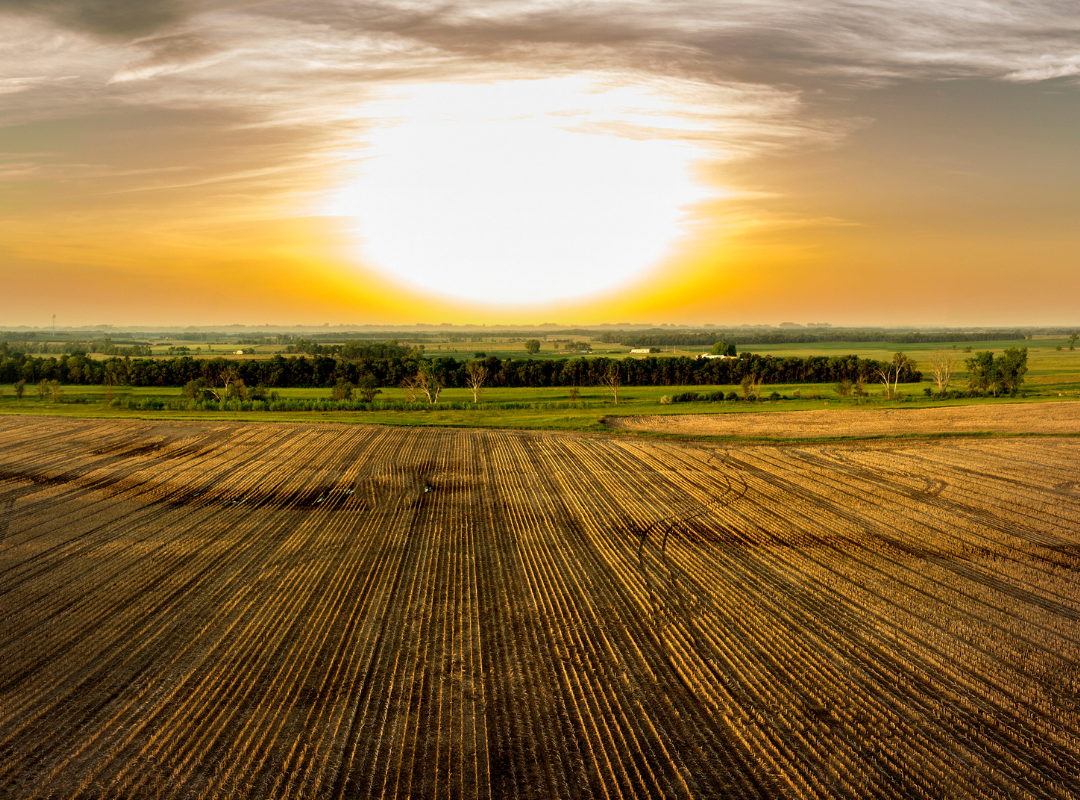We’ve all heard about climate change in the news recently and it’s only becoming more and more evident how much of an impact it’s having on our environment.
Currently, in the U.S., we are seeing a flurry of climate-related catastrophes which are having devastating consequences. Around 120 million people have been warned about a series of weather events that are predicted to hit certain areas of the US over the Summer months, including dangerous fires, floods, thunderstorms, and heat waves.
In many areas of the US, such as Indiana, Kentucky, and Ohio, it’s expected to hit record-breaking temperatures, with a high-pressure dome sparking some of these extreme weather events. In return, these temperatures can then result in severe thunderstorms, tornadoes, and flash flooding. This unsettled weather can cause havoc for producers and the agricultural industry, which in turn has an impact on the world’s food supply. Extreme weather increases the risk of large-scale crop failure and many farmers aren’t prepared for the devastating impact these events can have on their crops.
The rise of temperatures can cause drought on crop and grass growth and the implications of heavy rainfall and flooding can cause soil run-off and erosion which affect field operations such as drilling and harvesting. Severe storms damage millions of acres of crops each year, with the high winds and violent rain causing the crops to flatten and break, so they are unfit for harvest. The extent of the damage and loss in crops means that expected yields can be dramatically reduced.
Whilst natural weather events can’t be controlled, farmers can take steps to help prepare and recover better from adverse weather such as improving soil health and continuous evaluation and monitoring of crops.
Our climate impact analysis uses historical and live SAR (synthetic aperture radar) data to highlight the increasing challenges faced by farmers, crop insurers, and the agriculture industry due to extreme weather events.
Due to most farmers using manual and outdated processes, the effects of extreme weather events can’t always be established straight away as farmers wait to see if crop recovery is possible and the physical task of assessment can take months to assess total damages. We can support farmers with claims, providing crop damage and an average age of crops at the county level within just 1 hour. SAR technology offers imagery that can be captured day and night and in all weather conditions. This lends itself perfectly to the monitoring of bad weather conditions where accessing the field may not be physically possible due to extreme flooding or storms.
Focusing exclusively on crop insurance in North America, PlanetWatchers tells the story of every field saving our customers time and money by enhancing policy and claims validation.
